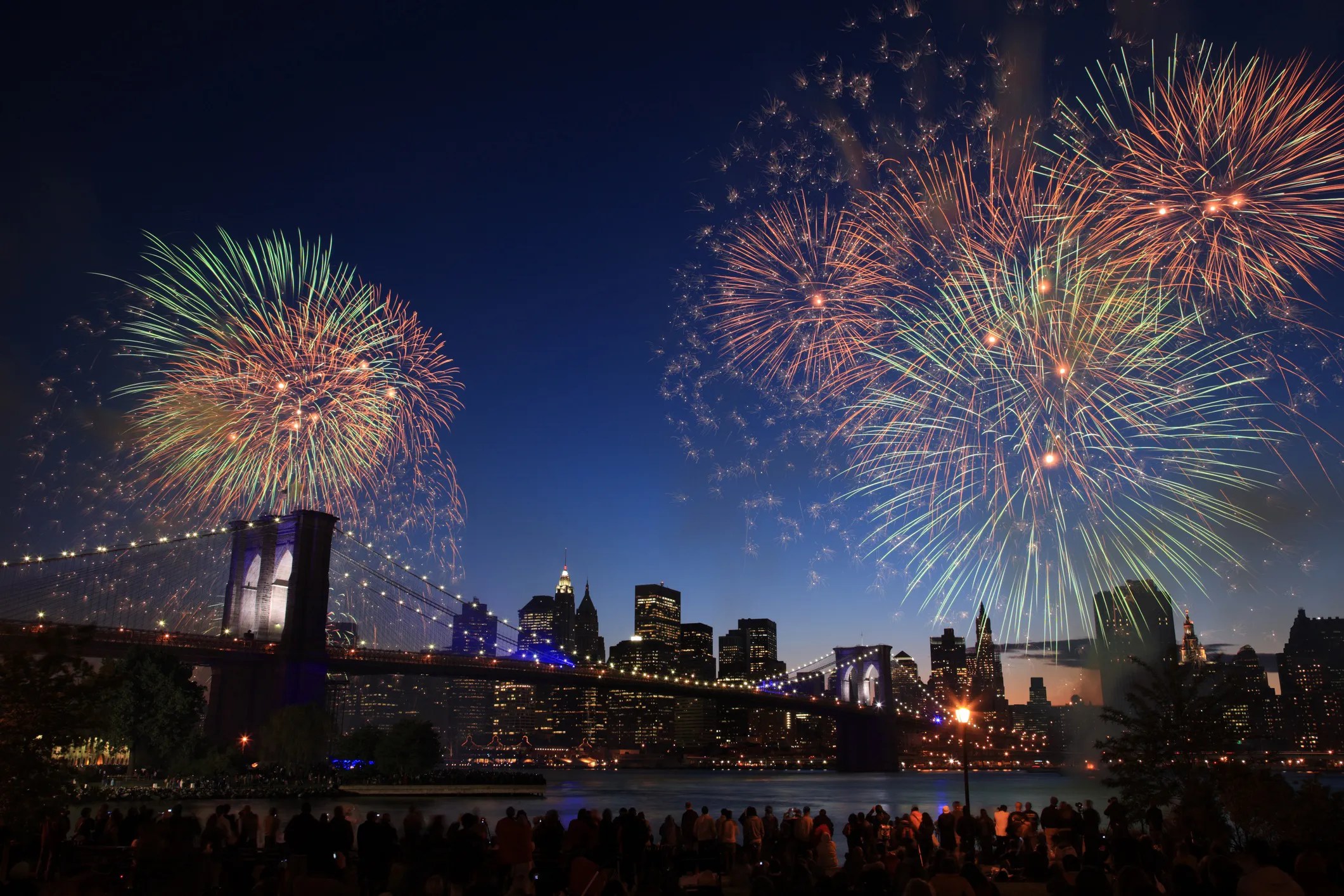ISO 21583:2020—Firework Displays

By the 15th century in Europe, fireworks were widely used for religious festivals and public entertainment. The Italians were the first Europeans to manufacture fireworks, and European rulers were especially fond of using them to enchant their subjects and illuminate their castles on significant occasions. Early U.S. settlers brought their love of fireworks with them to the New World, and fireworks became part of the very first Independence Day. Besides holidays, fireworks are ignited annually in celebration at festivals, special events, and sporting traditions like the Olympics and Super Bowl. Due to their wide use, it is critical to ensure the safe handling and operation of fireworks to avoid any injuries like burns. ISO 21583:2020—Firework displays – General guidance provides general guidance for firework displays, particularly for professional teams with specialized knowledge.
What Is ISO 21583?
ISO 21583:2020 offers technical guidelines, safety management measures, and procedures to assure safe firework displays. The international standard is intended for those involved in designing, operating, and managing fireworks displays, as well as relevant authorities overseeing such events.
The standard is not applicable to the use of theatrical pyrotechnic articles on stage, in filming locations, or any other locations. ISO 21583:2020 is also not applicable to displays that involve only fireworks of categories 1, 2 and 3.
Invention of Fireworks
Long before celebrations in Medieval Europe and well over a millennium before modern pyrotechnic displays, fireworks were invented in the second century BCE in ancient Liuyang, China. It is believed that the first natural “firecrackers” were bamboo stalks that would ward off bad spirits when thrown in a fire. They exploded with a bang due to the overheating of the hollow air pockets in the bamboo. During the period 600-900 CE, legend has it that a Chinese alchemist mixed potassium nitrate, sulfur and charcoal to produce a black, flaky powder: the first “gunpowder.” Supposedly, they had been searching for an elixir for immortality. This powder was poured into hollowed out bamboo sticks (and later stiff paper tubes) forming the first man made fireworks, which today are known as devices containing gunpowder and other combustible chemicals that cause a spectacular explosion when ignited.
How Do Fireworks Produce Color?
Today, fireworks around the world are admired for elaborate displays of color exploding in the night sky. A firework requires three key components—an oxidizer, a fuel, and a chemical mixture—to produce color. The oxidizer breaks the chemical bonds in the fuel, releasing all of the energy that is stored in those bonds. All that is needed to ignite this chemical reaction is some fire in the form of a fuse or a direct flame.
Firework color concoctions are comprised of different metal elements. When an element burns, its electrons get excited, and it releases energy in the form of light. Different chemicals burn at different wavelengths of light:
- Strontium and lithium compounds produce deep reds
- Copper produces blues
- Titanium and magnesium burn silver or white
- Calcium creates an orange color, sodium produces yellow pyrotechnics
- Barium burns green
- Chlorine combined with barium or copper creates neon green and turquoise flames
ISO 21583:2020—Firework displays – General guidance is available on the ANSI Webstore.






